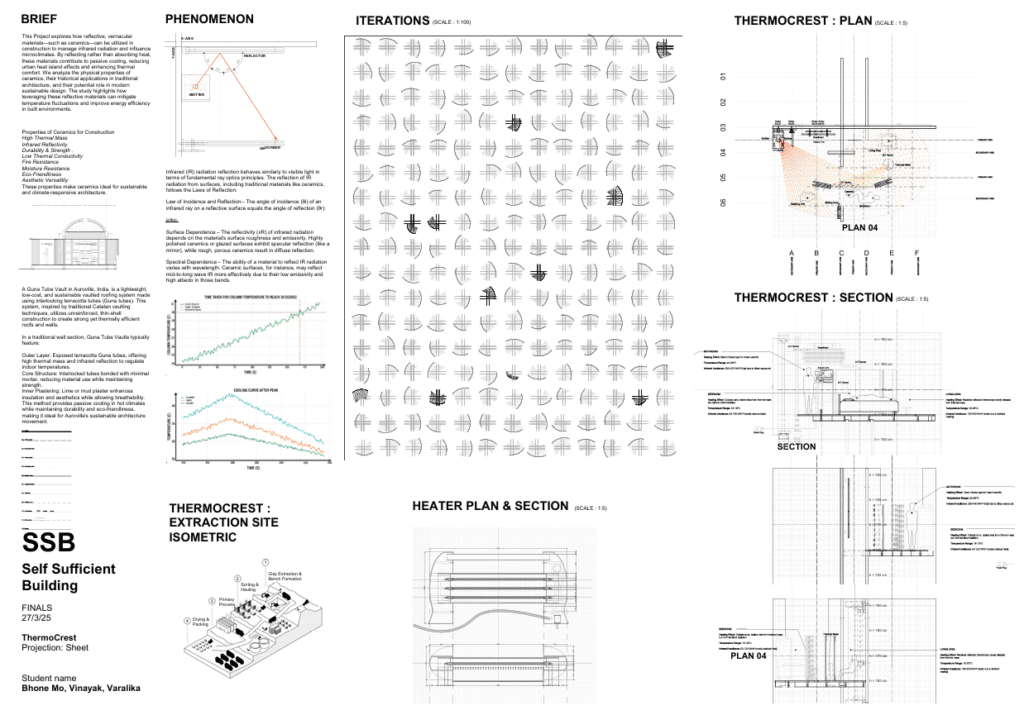This Project explores how reflective, vernacular materials—such as ceramics—can be utilized in construction to manage infrared radiation and influence microclimates. By reflecting rather than absorbing heat, these materials contribute to passive cooling, reducing urban heat island effects and enhancing thermal comfort. We analyze the physical properties of ceramics, their historical applications in traditional architecture, and their potential role in modern sustainable design. The study highlights how leveraging these reflective materials can mitigate temperature fluctuations and improve energy efficiency in built environment.
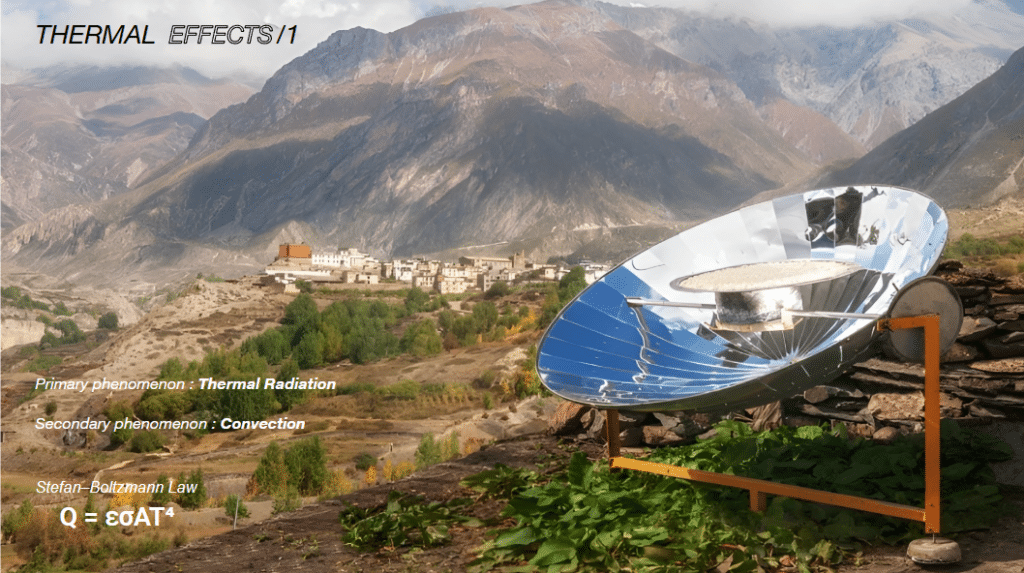
We based our project on infrared radiation — a form of thermal energy. The biggest and most powerful source of it in our context is, of course, the sun.”
Heat is not just energy; it’s a design tool. The Stefan-Boltzmann Law tells us that the energy radiated by a surface is proportional to the fourth power of its temperature. This means even small temperature changes drastically affect heat emission. By understanding this, we can control thermal comfort and create spaces where heat is designed like light—directed, diffused, or absorbed.
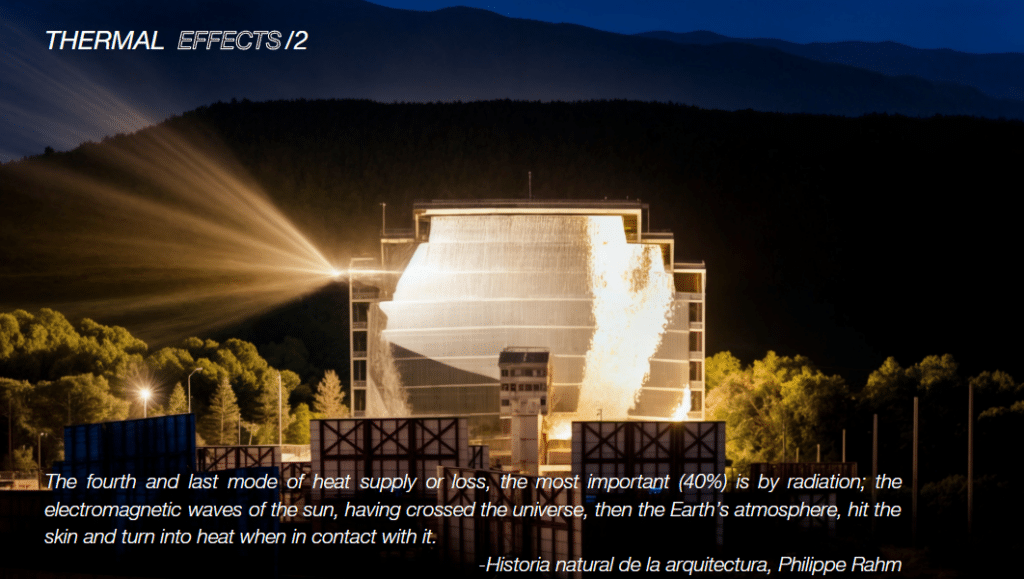
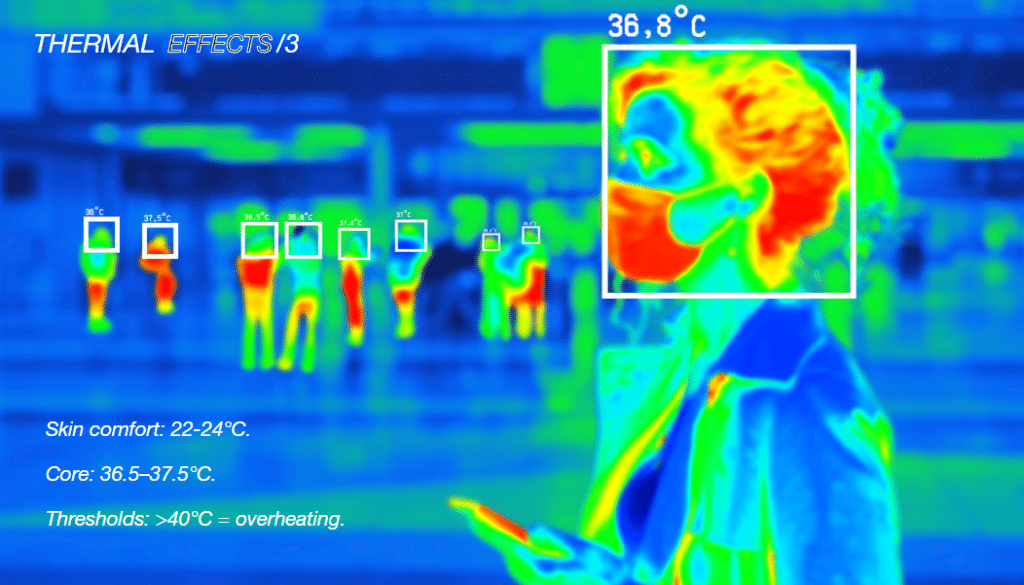
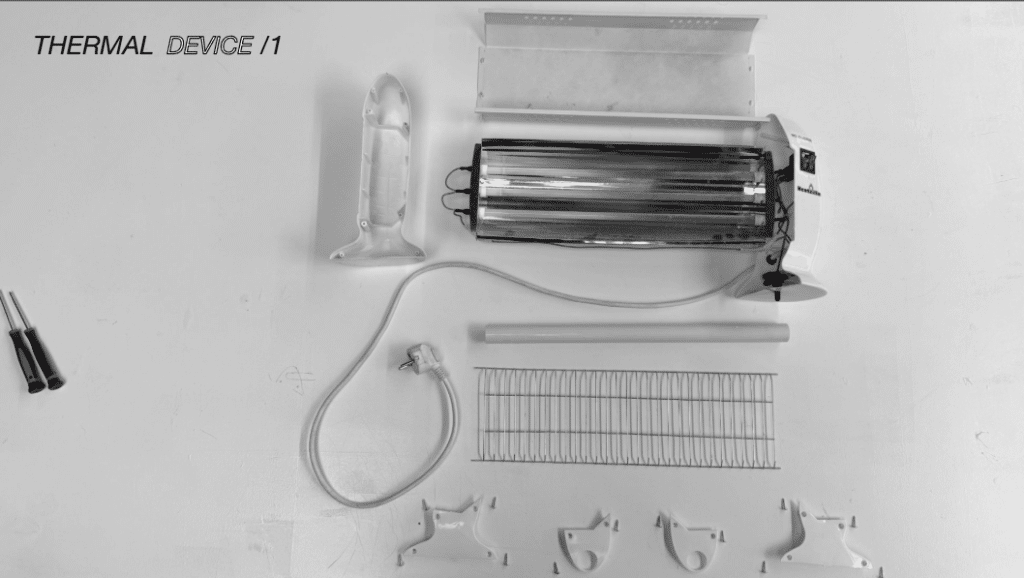
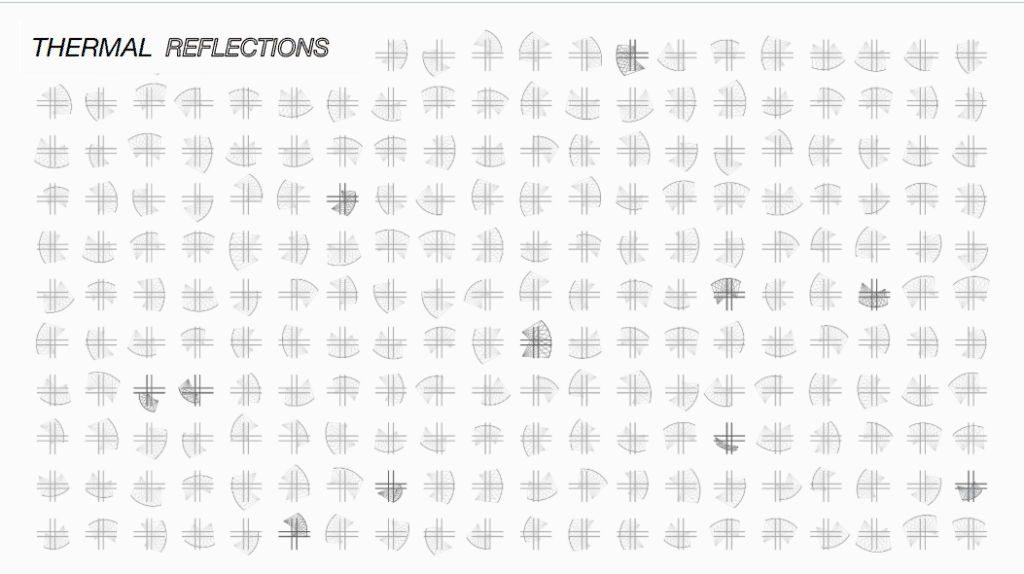
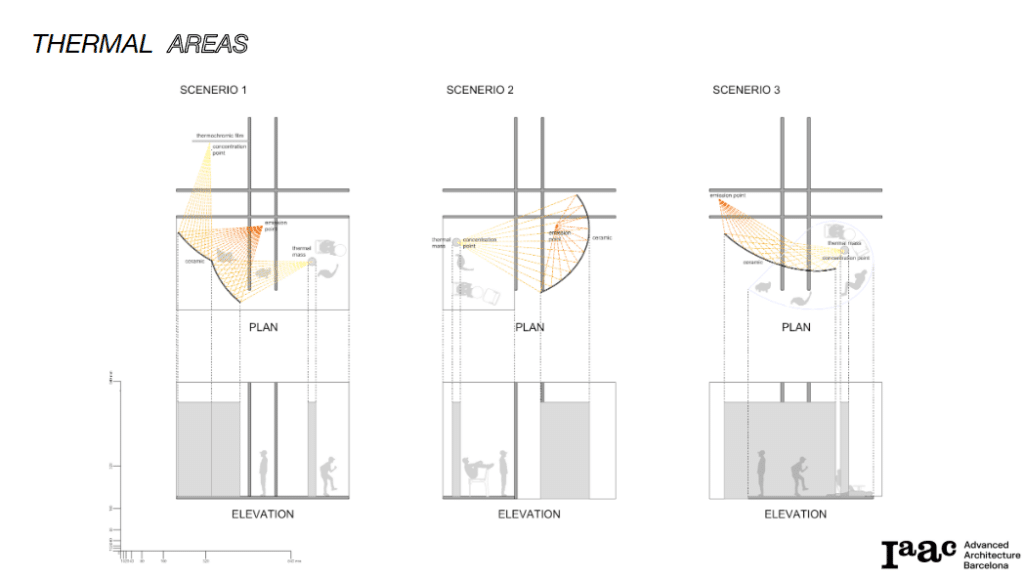
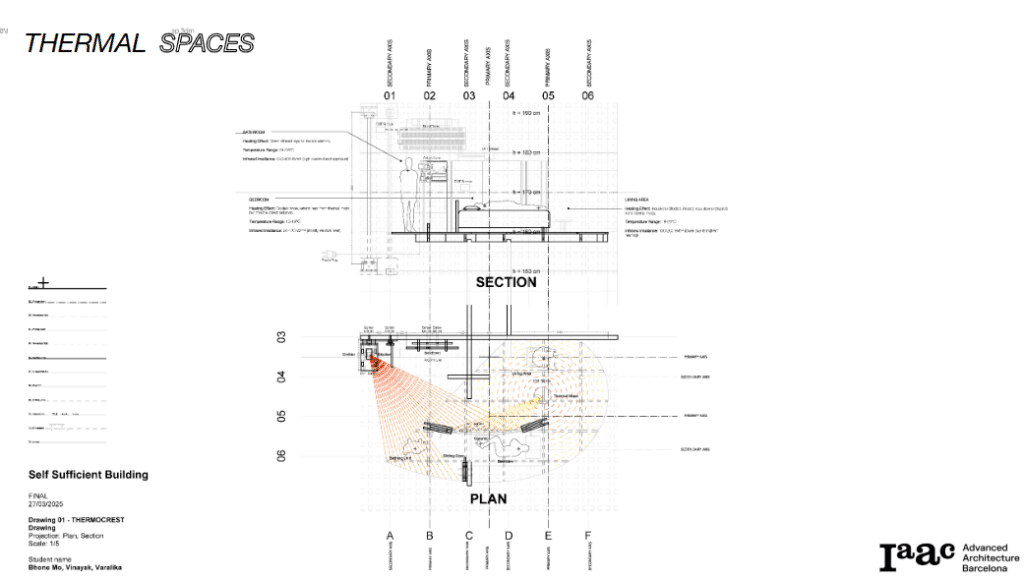
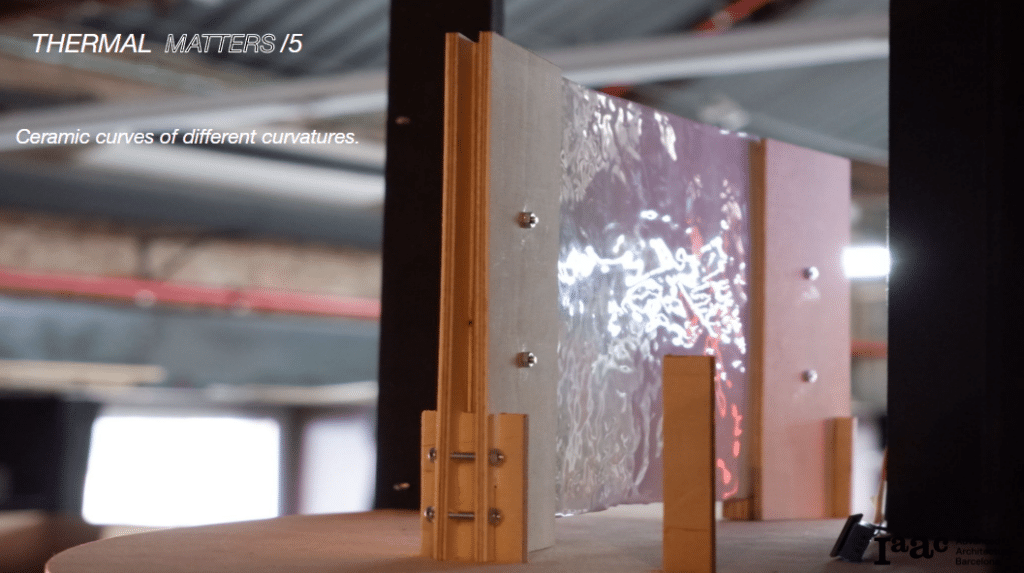
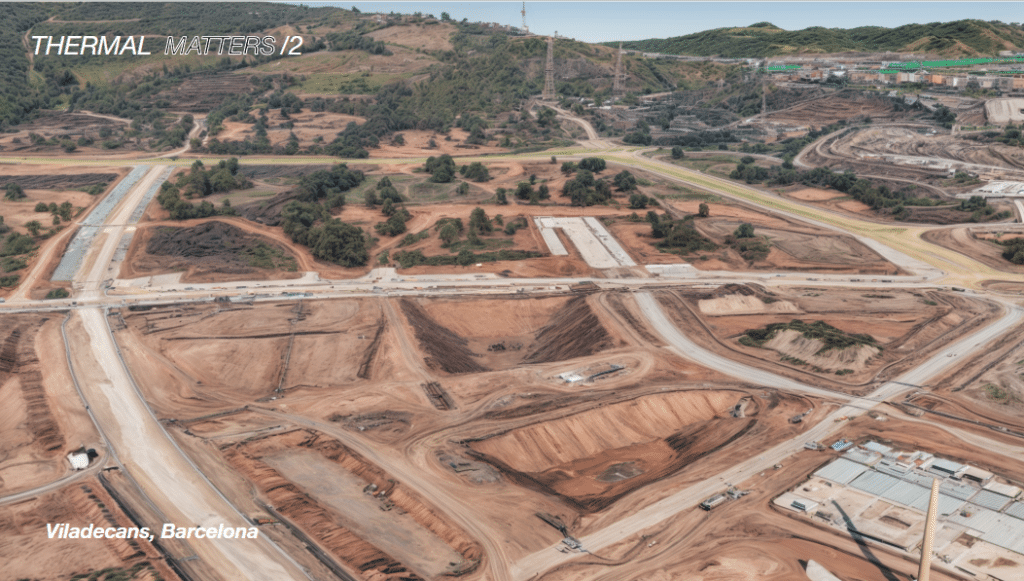
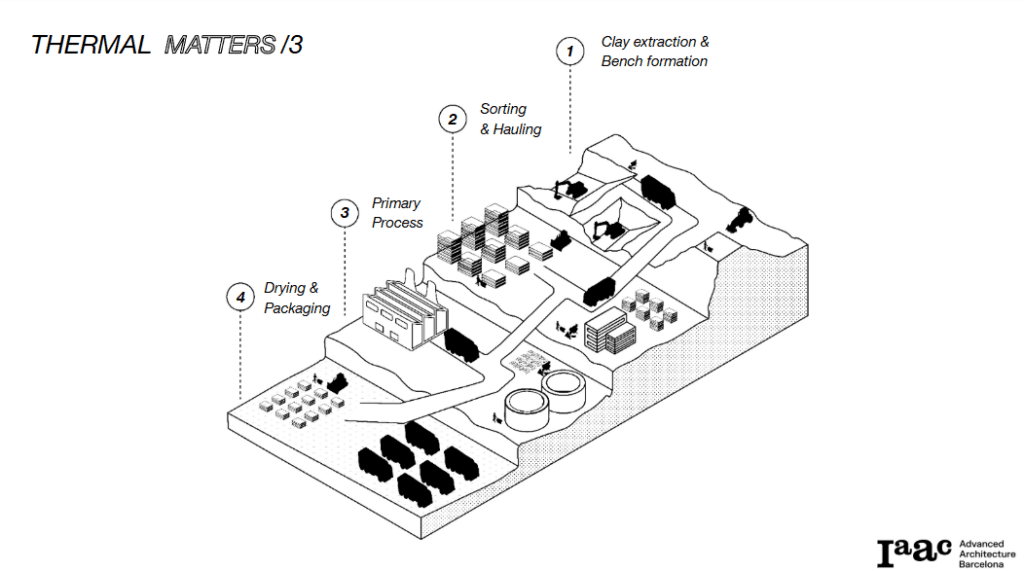
Here’s how clay is extracted — a process that deeply connects the material with the landscape. We wanted to maintain that raw connection in our project.
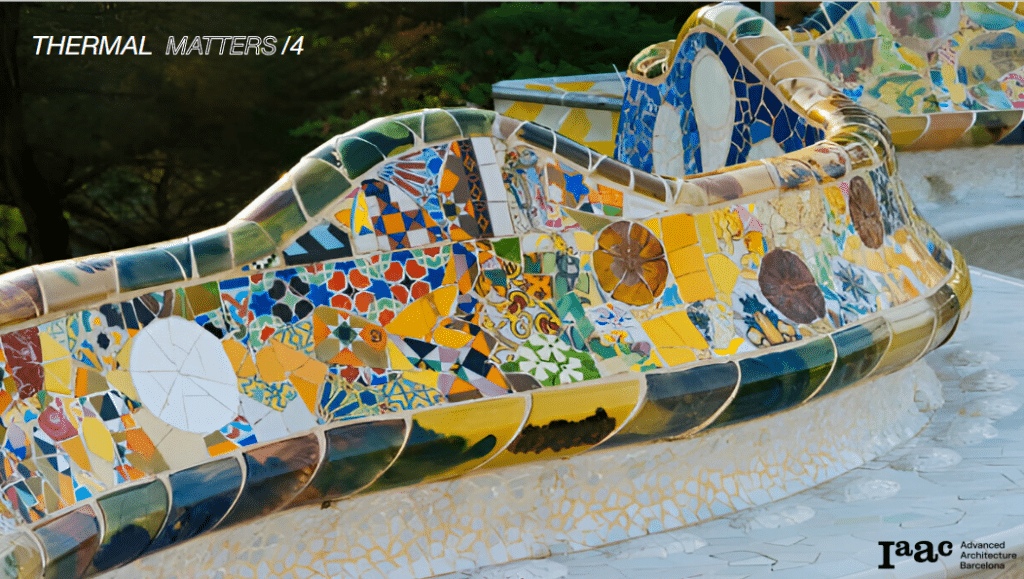
We couldn’t ignore Gaudí — his expressive use of ceramics in both structure and ornament gave us confidence to work with this material not just technically, but poetically.
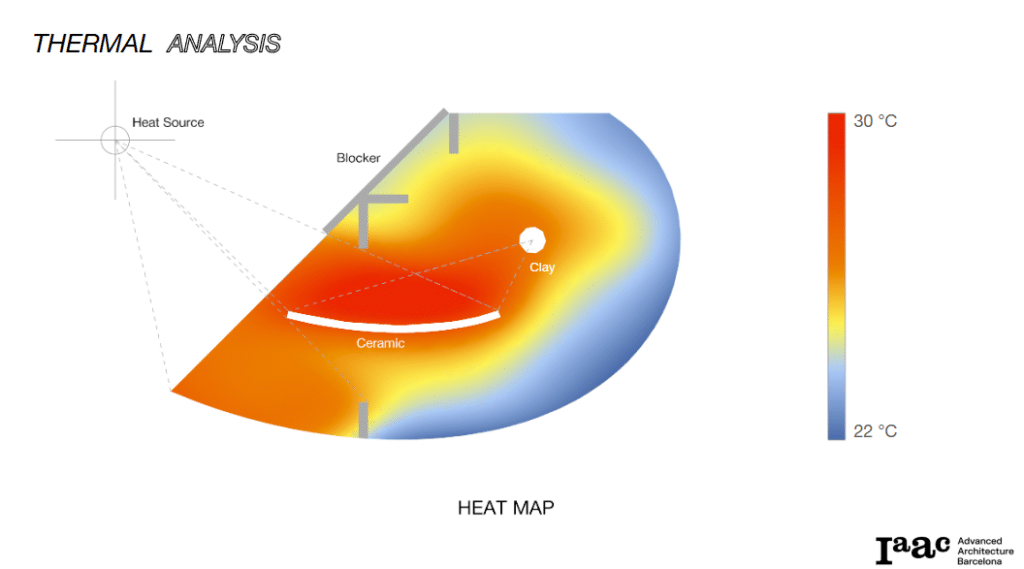
“Heat flow shapes movement within the space. Warmer zones become gathering areas, while cooler spaces provide retreat. This plan overlays thermal gradients with human circulation, creating a dynamic yet balanced spatial experience. It’s not just about heating rooms—it’s about designing heat as an integral architectural element.
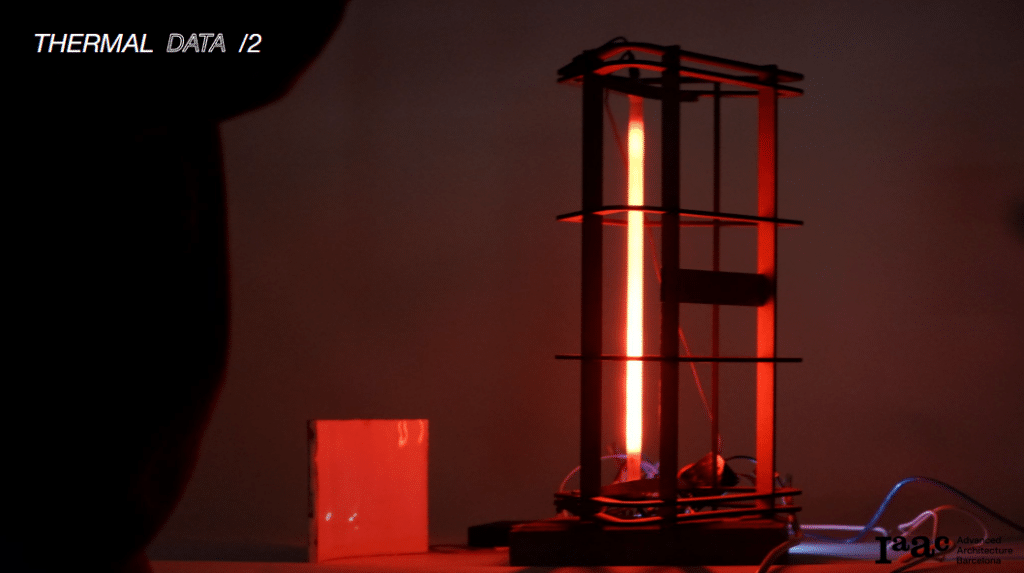
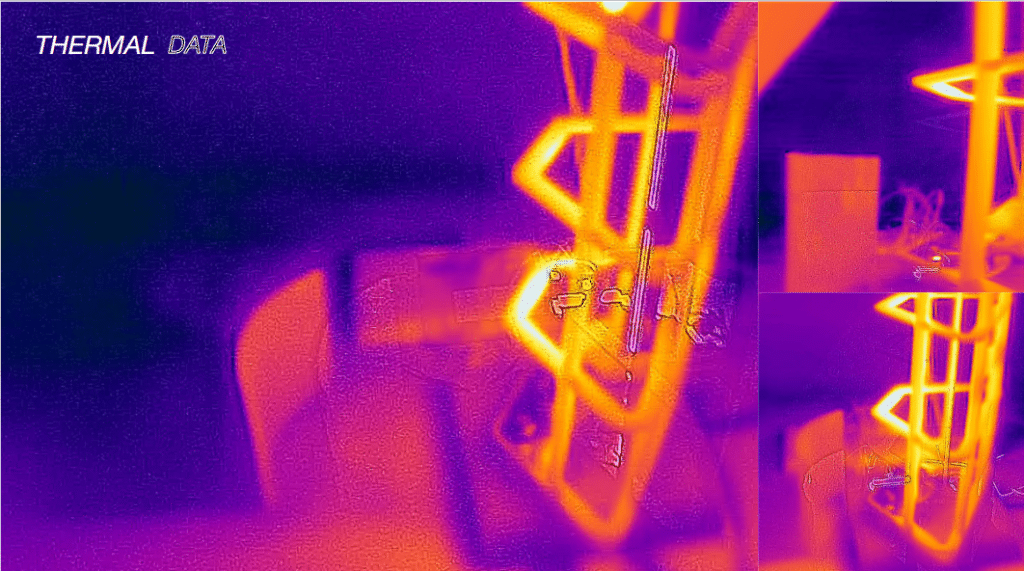
This is the radiation map — showing how heat is distributed across our ceramic surface. You can see the concentrated zones and the cooler buffer zones.”
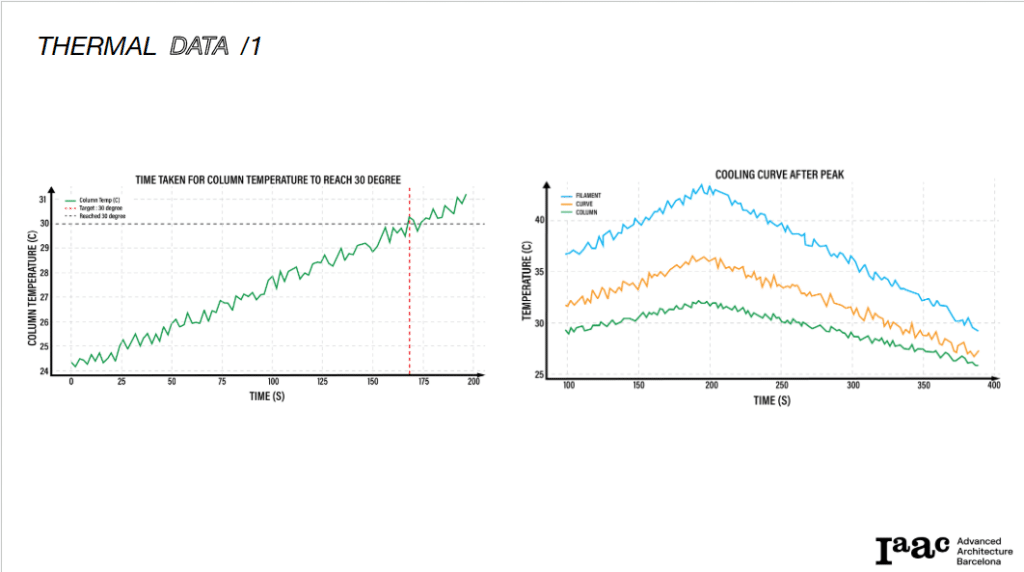
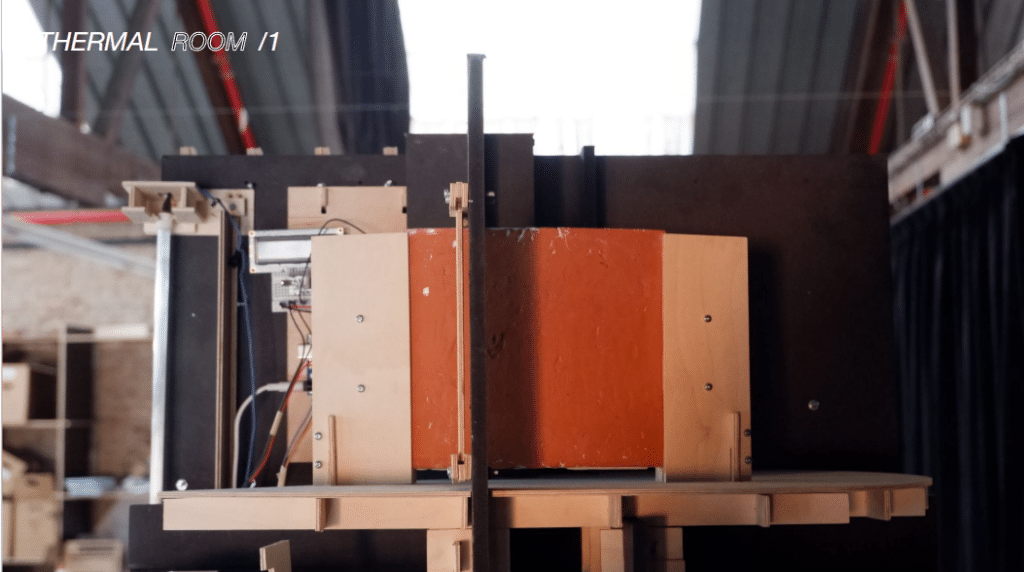
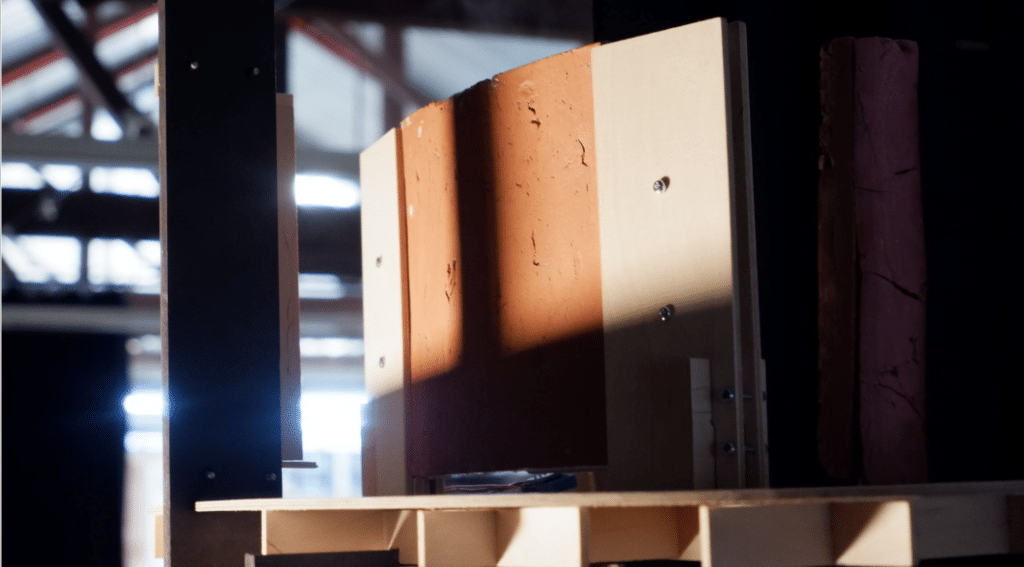
Our Proposal Views architecture beyond a Shelter, Architecture as a Powerful Device.
